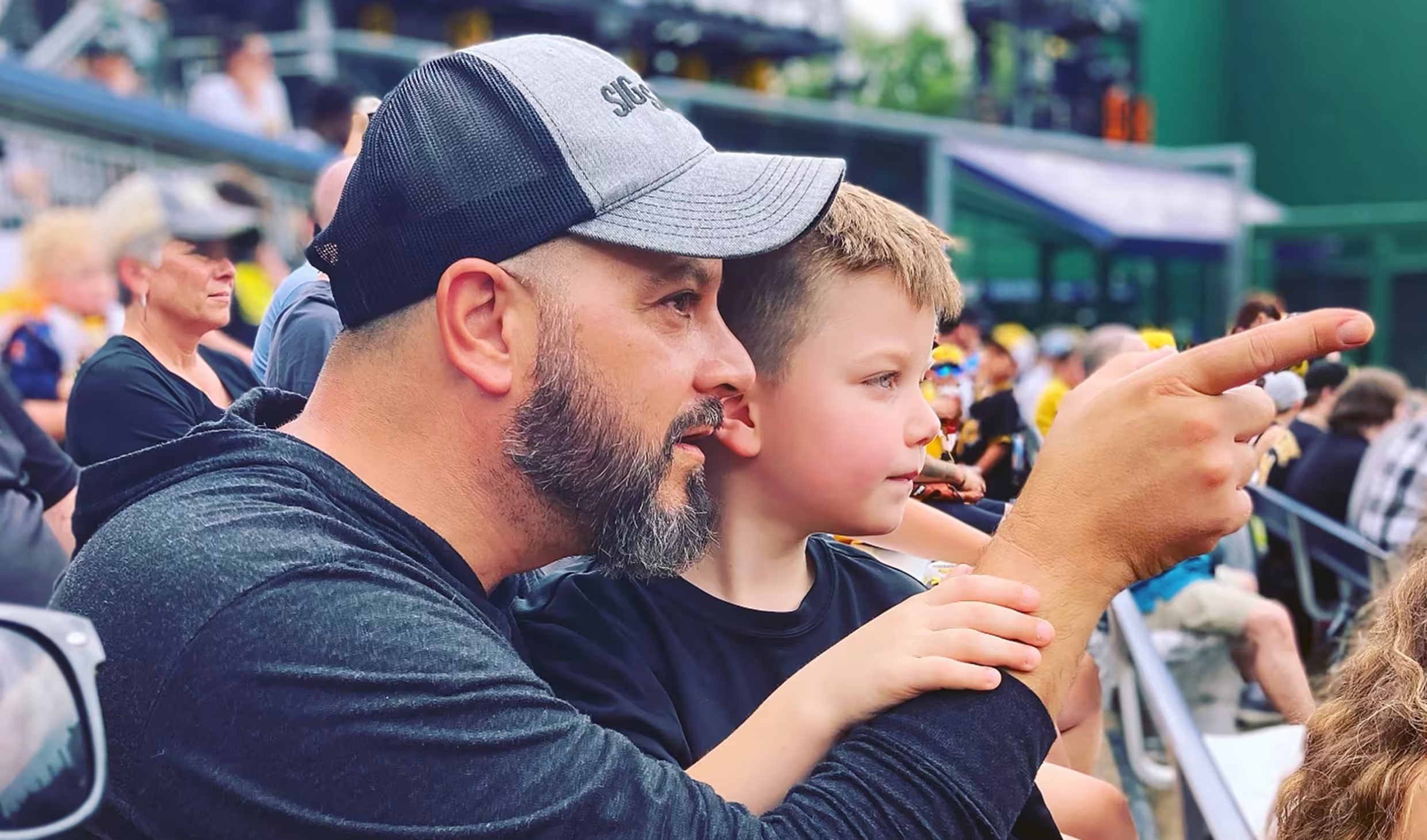Suffering from a stroke can be devastating, leaving victiims unable to do simple things like standing up, sitting down, even walking, but now new technology is helping stroke patients get their lives back.
"I started to feel some numbness in the left side of my body," Colton Peek said. "I tried to stand up. I noticed that I had almost fallen down."
On April 28, Peek, 46, suffered a stroke that left the left side of his body without any strength.
"My whole left side was pretty much just there," Peek said. "Pretty much wasn't strong at all. Pretty much lifeless for the most part."
He wasn't able to walk, devastating for the father of two, who was used to being active.
"It's like, in less than a minute, you're a totally different person," he said. "That was tough."
But on the bright side, Peek still had feeling on his left side and the stroke didn't affect him cognitively. So doctors at National Rehabilitation Hospital thought his best hope for ever walking again was an experimental machine, called the ZeroG system.
Health
"He was a very good candidate because the most significant aspects of his impairments were related to weakness, motor weakness," said National Rehabilitation Hospital Dr. John Aseff. "He could understand instructions."
The ZeroG system helps stroke and traumatic brain injury patients learn to walk again by creating a zero gravity environment. Patients are put into a harness and the machine actually lifts some of their body weight off of them. This helps them practice things like standing up, sitting down and walking. As patients start to gain their strength back, more weight is added.
"We can get them up in a very safe and controlled manner and they can practice tasks such as walking, postural balance activities, stepping over obstacles in a safe controlled manner," said NRH scientist Joe Hidler.
Normally, stroke patients work on a treadmill, but that doesn't prepare them for the real world, Hidler said.
"It's not just about walking, it's doing the things that they have to do in the community, at home, and really thats the goal of all of our patients, to be able to walk at home and in the community," Hidler said.
"It allowed me to have 30 to 40 pounds lifted up off of me, which allowed me to gradually learn how to walk better and how to stabilize myself and how to just gradually get back to some sense of normalcy," Peek said.
Peek has been working with the ZeroG machine for four weeks now. He believes he's on his way to recovery.
"I have a firm belief that I will be able to walk again like I was in April, to be able to do the normal things that I've been able to do."



